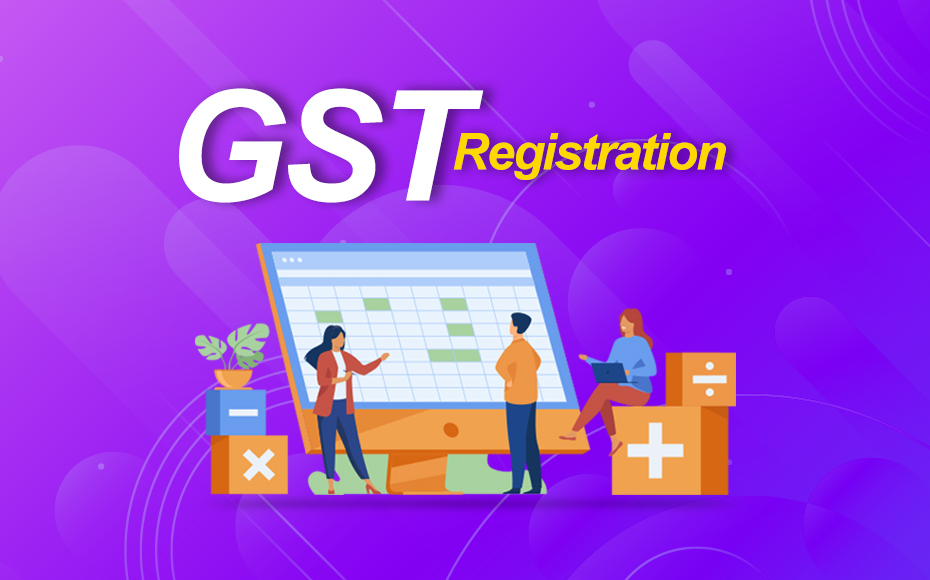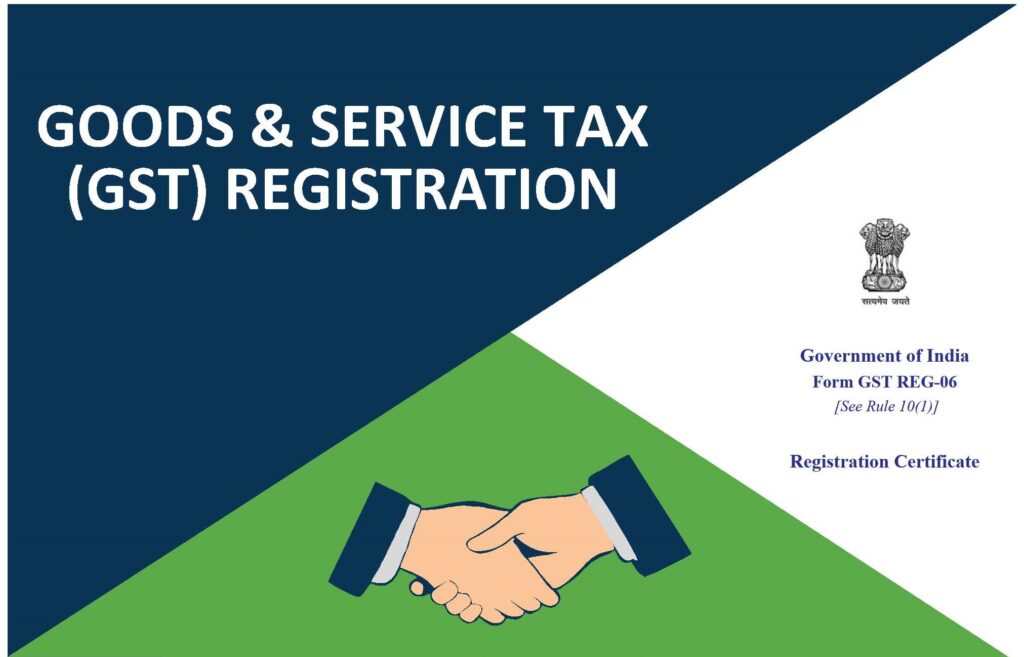Singapore GST Registration: What You Required to Know Prior To Applying
Singapore GST Registration: What You Required to Know Prior To Applying
Blog Article
Mastering GST Registration: Vital Actions to Ensure Regulative Compliance and Business Development
Browsing the realm of Item and Provider Tax (GST) enrollment can be an essential step for services intending to keep conformity and foster development. The elaborate process of registering for GST requires a keen understanding of the necessary steps involved, from comprehending the fundamental principles of GST to diligently preparing the called for paperwork. Past just ticking off the governing checkboxes, mastering GST registration opens up a world of opportunities for businesses to strategically utilize this tax structure to drive their growth. Understanding the nuances of GST enrollment is not just a bureaucratic need however a tactical relocation that can form the trajectory of an organization in the direction of lasting success.
Comprehending GST Fundamentals
Recognizing the basics of Product and Provider Tax (GST) is essential for services to navigate the complexities of tax compliance and economic monitoring successfully. GST is a value-added tax obligation imposed on the supply of goods and services in India, aiming to produce a unified tax system throughout the nation. Singapore GST Registration. Under GST, businesses require to register and get an unique GSTIN (Item and Services Tax Obligation Identification Number) to be certified with the regulation

Preparing Necessary Documents
To make certain compliance with GST enrollment needs, organizations need to collect and organize the required documents for the application procedure effectively. The essential papers typically required for GST enrollment include evidence of organization enrollment or unification, Frying pan card of the identity, organization and address proofs of marketers, photographs, financial institution statements, and proof of address of the area of business.
Organizing these papers in a methodical manner can enhance the application procedure and demonstrate the service's commitment to governing compliance. Services ought to keep both physical and electronic duplicates of these records for simple gain access to and recommendation. By preparing the necessary files faithfully, companies can accelerate their GST registration procedure and concentrate on their core operations with the guarantee of governing conformity.
Online Enrollment Process
Commence the GST enrollment procedure by browsing to the main online portal assigned for organization registration. Once the account is set up, you can continue with filling out the GST registration application form by getting in the essential organization info, including business type, address, and turnover details.

Conformity and Coverage Commitments
Upon successful registration on the GSTN portal and completion of the required documentation, services should comply with rigorous compliance and reporting responsibilities to make sure regulative adherence and operational openness. Compliance demands under GST mandate precise and timely filing of different returns, such as GSTR-1 for outward products, GSTR-3B for monthly recap returns, and annual returns like GSTR-9. Furthermore, businesses need to integrate their sales and acquisition information through GSTR-2A and GSTR-2B to claim input tax obligation credits correctly.
Preserving appropriate records of billings, accounting documents, and other appropriate data is essential for GST compliance. Normal audits and analyses by tax authorities require businesses to have careful paperwork and reporting systems in area. Any type of discrepancies or non-compliance can result in fines, fines, and even suspension of GST registration.
To streamline conformity processes, organizations can leverage GST compliance software that automates return reconciliation, filing, and compliance tracking. Staying upgraded with regulative adjustments and seeking expert recommendations when required can additionally boost conformity efforts and ensure smooth procedures within the GST framework.
Leveraging GST for Organization Growth
Services can tactically utilize the GST structure to drive lasting growth and enhance functional effectiveness (Singapore GST Registration). Leveraging GST for company growth includes more than simply compliance; it presents an opportunity for business to streamline processes and optimize their financial operations. One vital benefit of GST is the input tax obligation credit report device, which enables organizations to claim debts for tax obligations paid on inputs. By effectively taking care of input tax obligation debts, companies can decrease their overall tax responsibility and improve capital. Furthermore, GST promotes transparency and responsibility in the tax system, which can assist services build trust fund with consumers and partners.
Moreover, GST registration can also open up brand-new markets for services. In essence, leveraging GST for company growth entails strategic planning, effective conformity, and a forward-looking approach to monetary administration.
Final Thought
Finally, mastering GST enrollment is critical for ensuring governing conformity and promoting see this page service development. By recognizing the basics of GST, preparing essential records, completing the on-line registration process, and meeting conformity and reporting commitments, services can leverage GST to their advantage. It is necessary for companies to comply with the guidelines and make use of GST as a device for increasing their procedures and staying competitive in the marketplace.
Browsing the world of Goods and Provider Tax Obligation (GST) enrollment can be a critical step for organizations intending to preserve compliance and foster growth. The crucial records normally needed for GST enrollment include evidence of business enrollment or unification, PAN card of the business, identification and address proofs of promoters, photos, financial institution statements, and proof of address of the location of company.Start the GST enrollment procedure by browsing to the main online site visit homepage assigned for service registration. Once the account is established up, you can proceed with loading out the GST enrollment application type by getting in the necessary service details, consisting of organization turn over, address, and kind details.
By recognizing the basics of GST, preparing essential papers, completing the on-line enrollment process, and fulfilling compliance and reporting responsibilities, businesses can leverage GST to their advantage.
Report this page